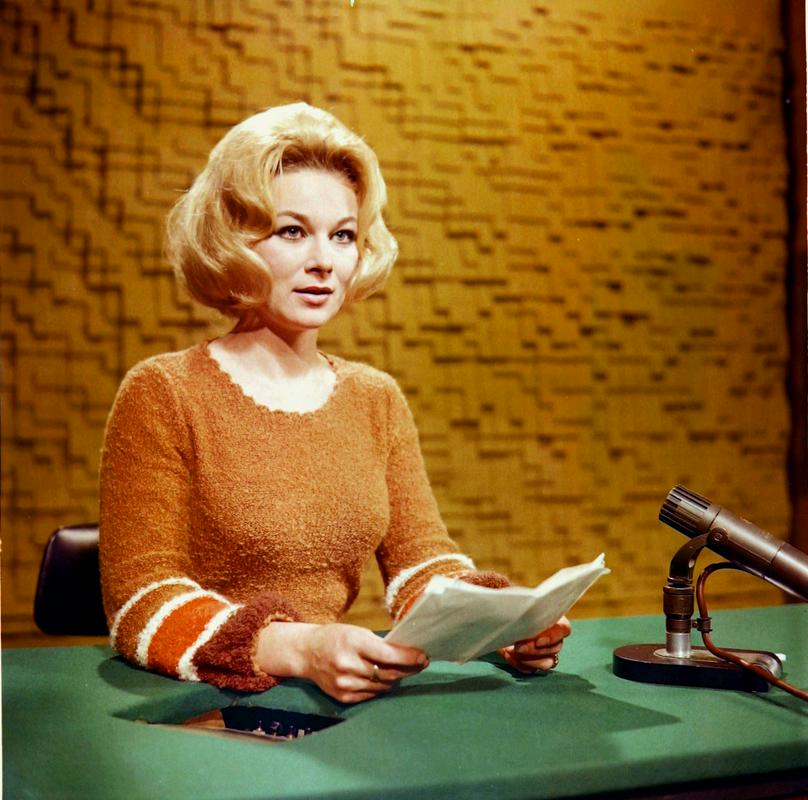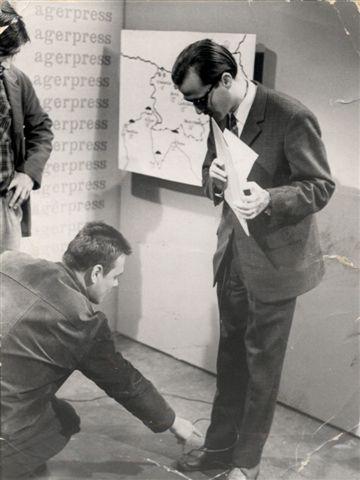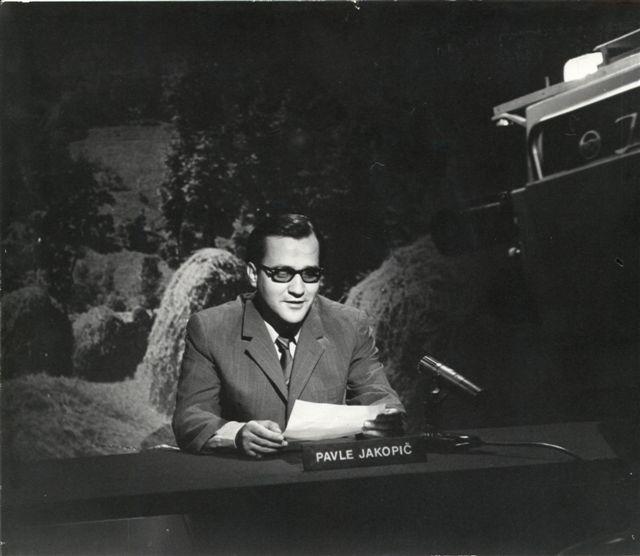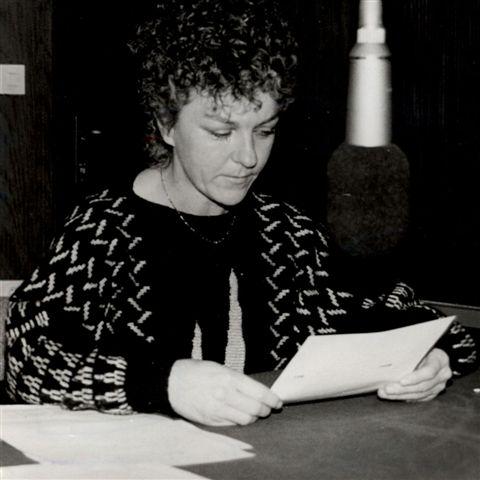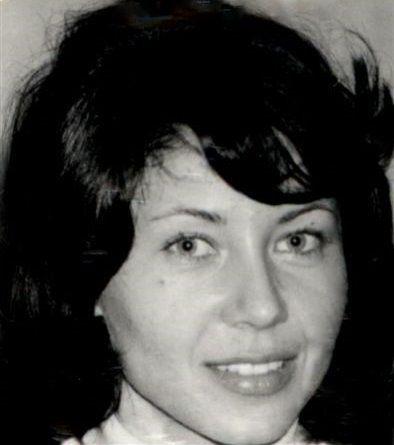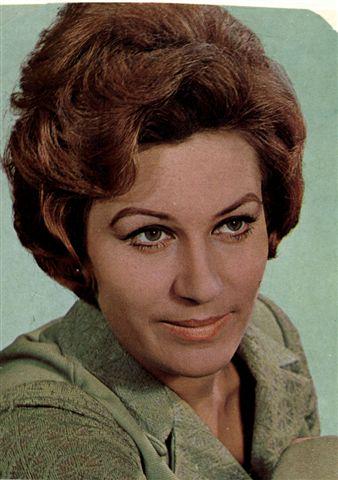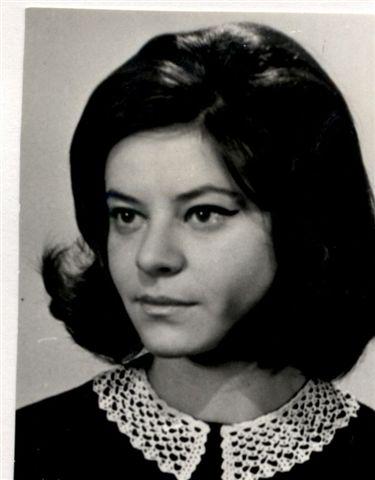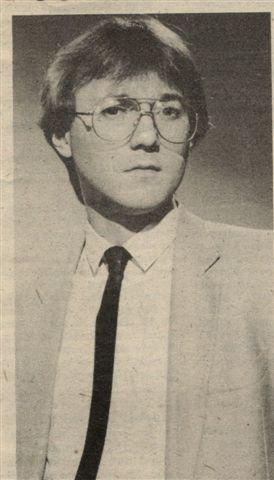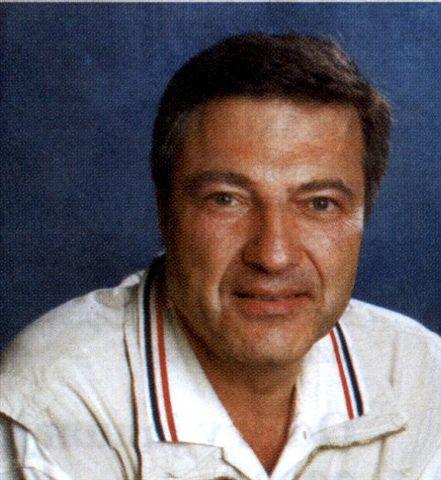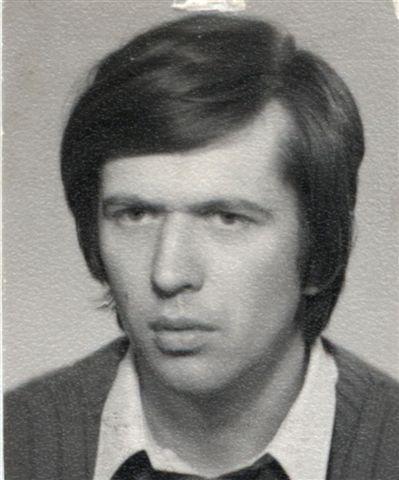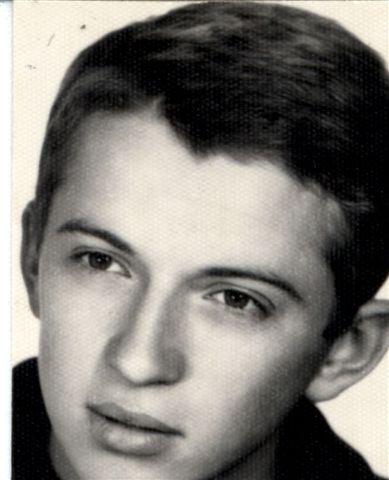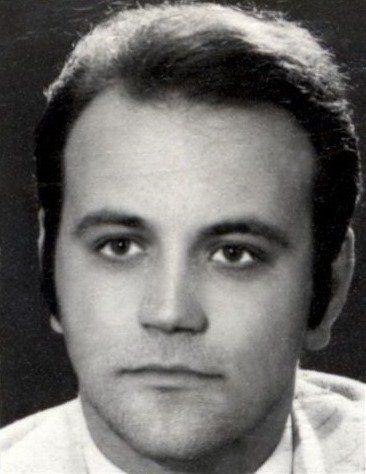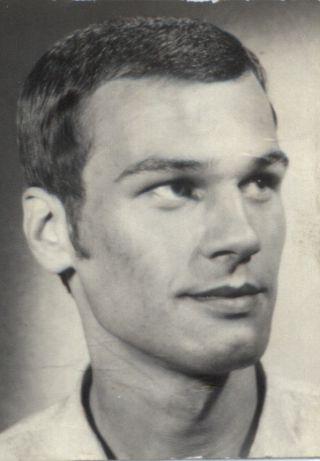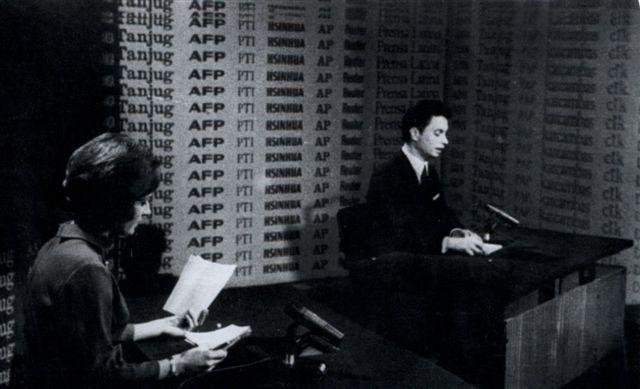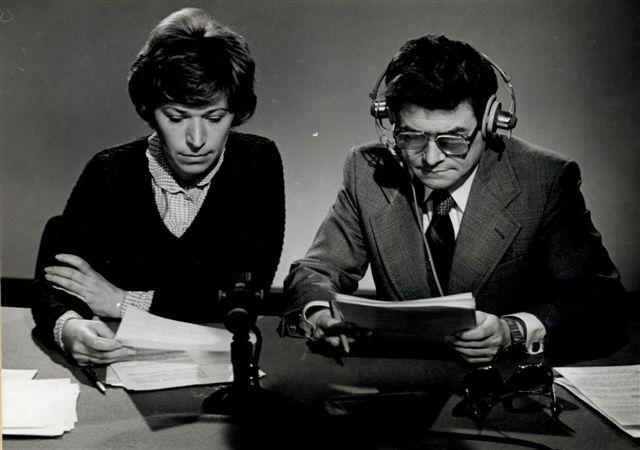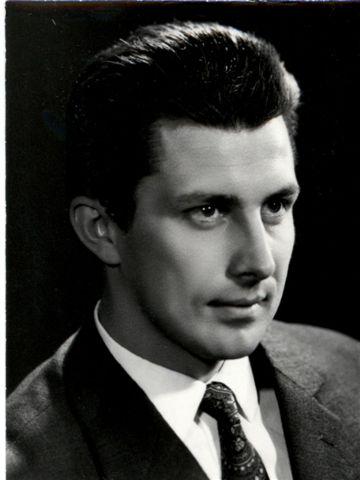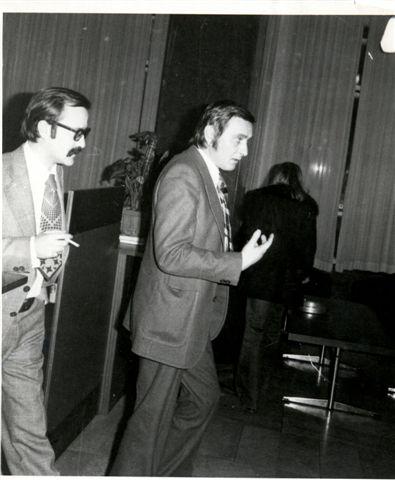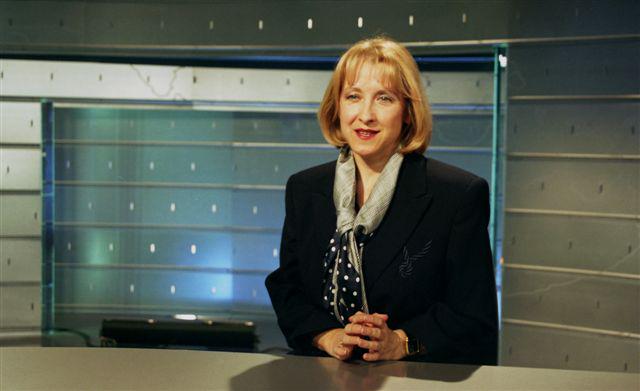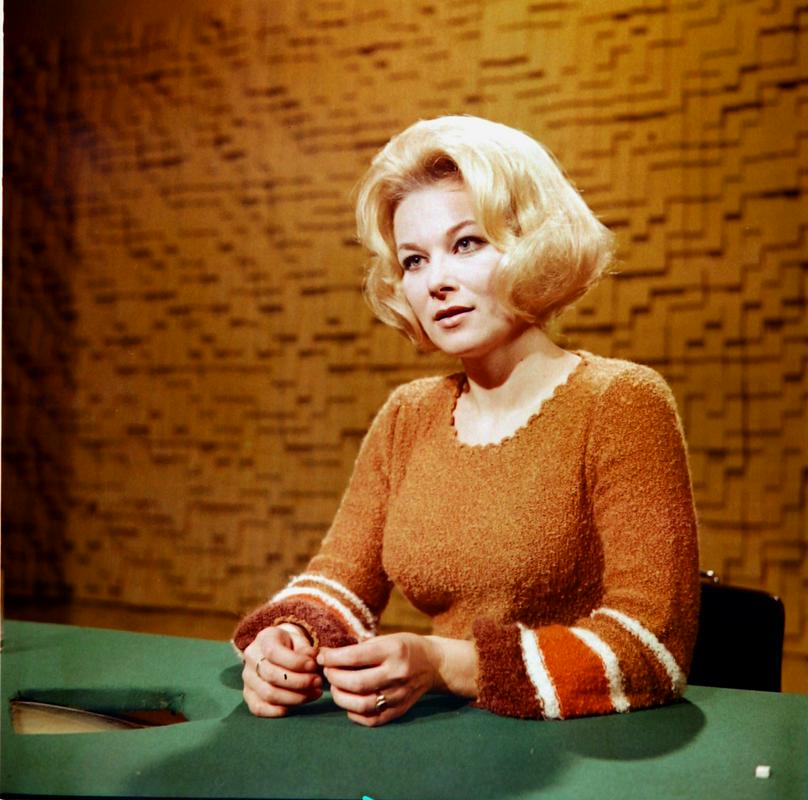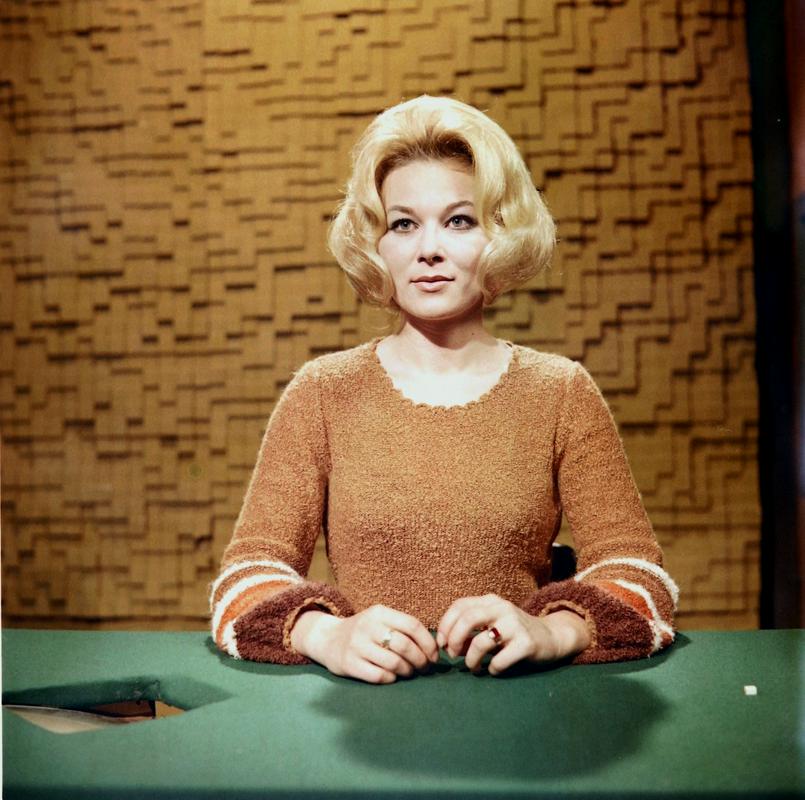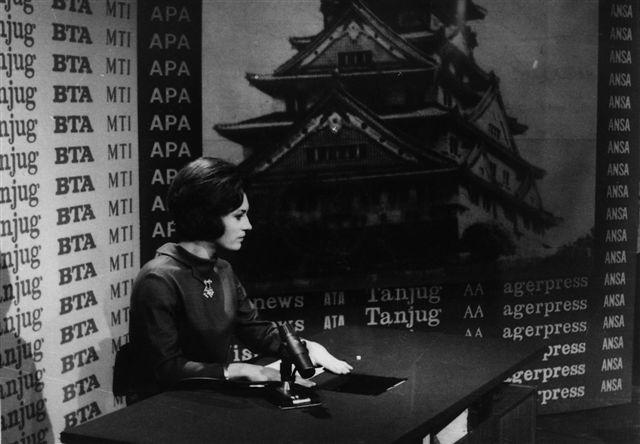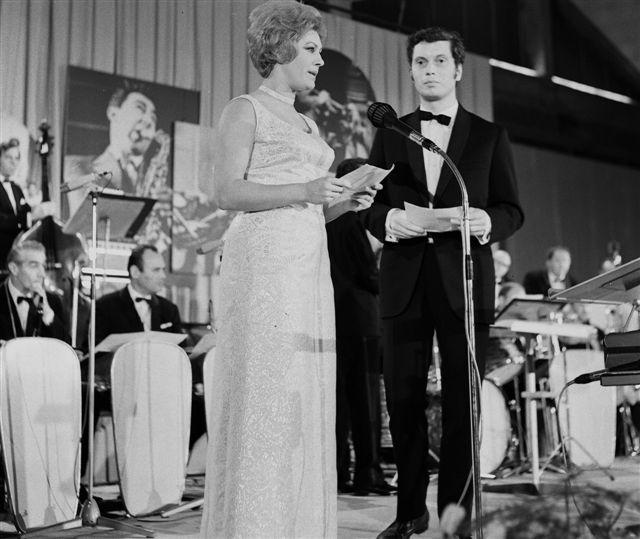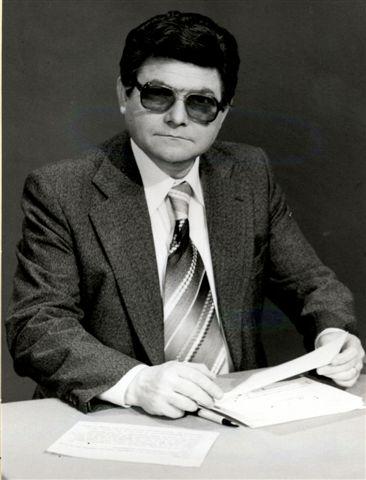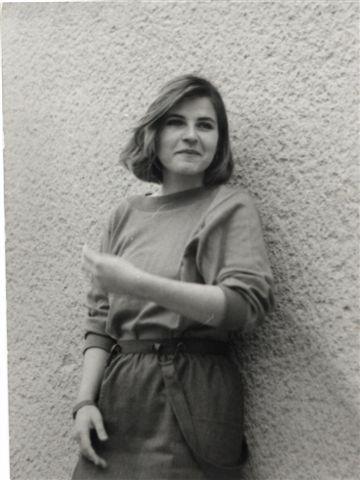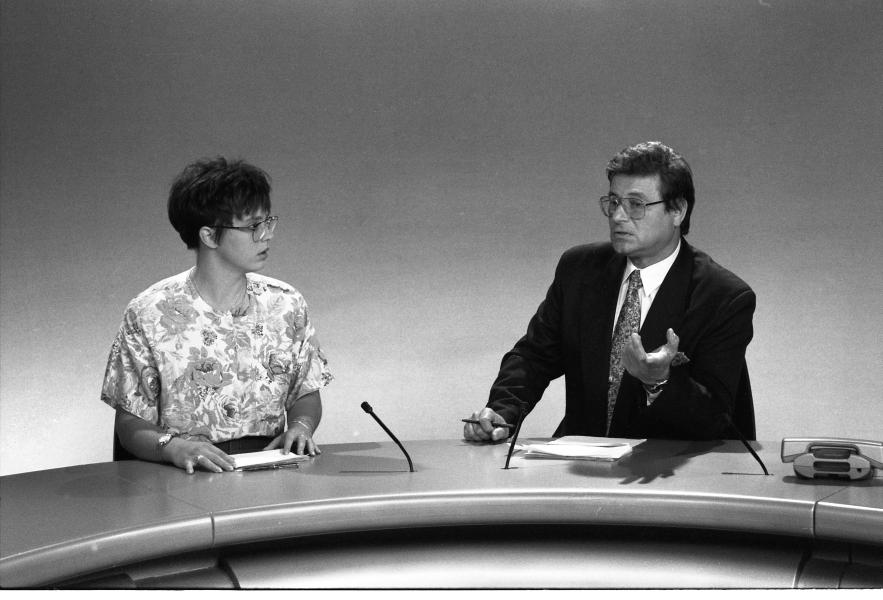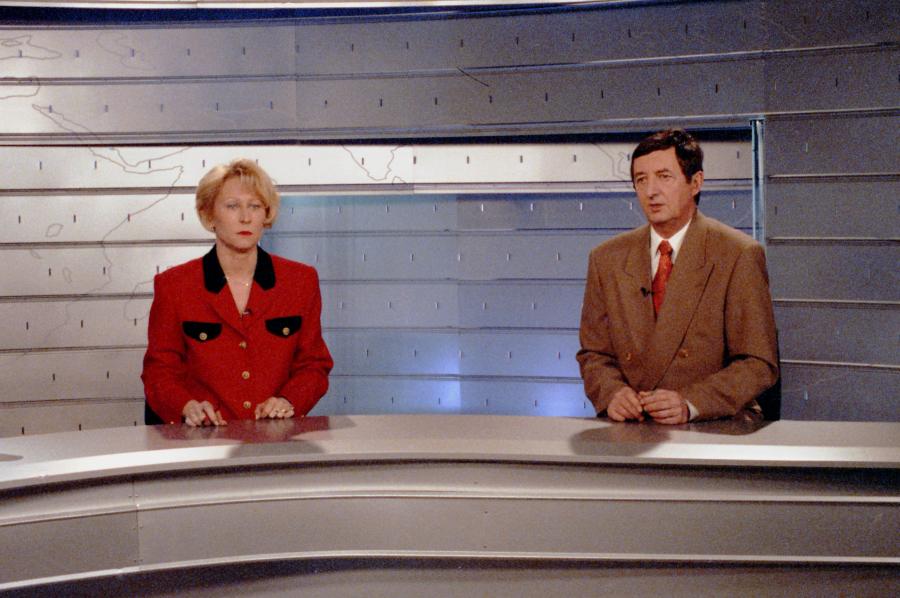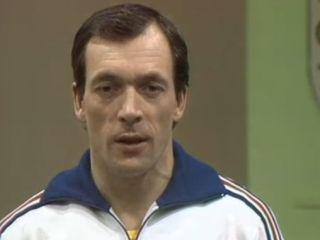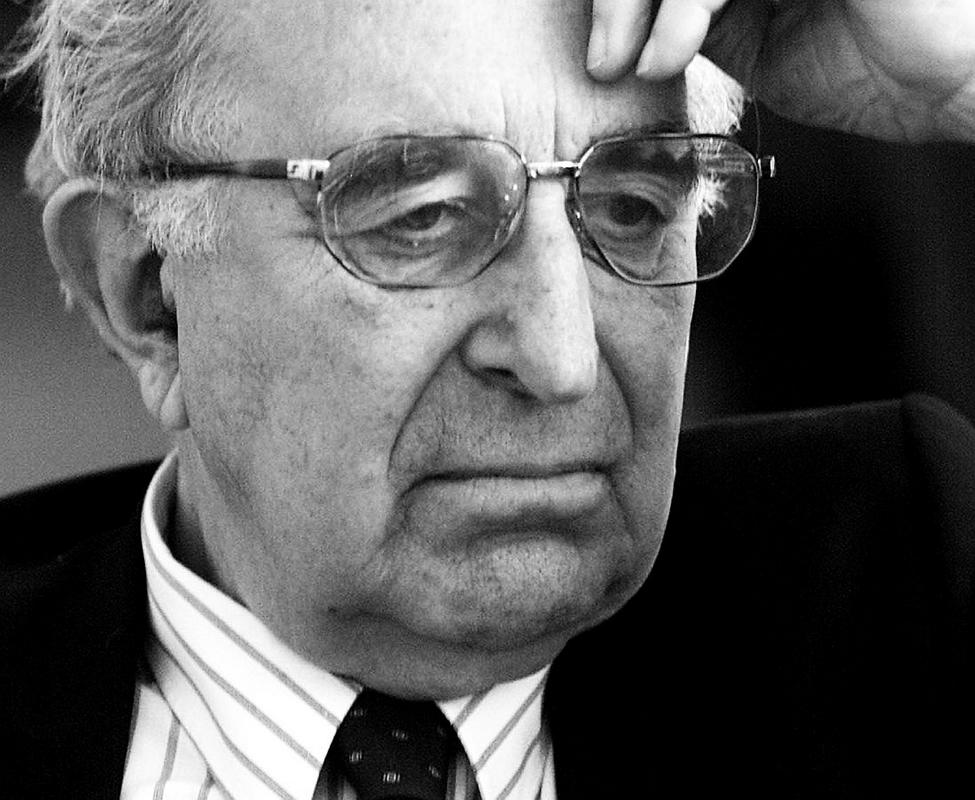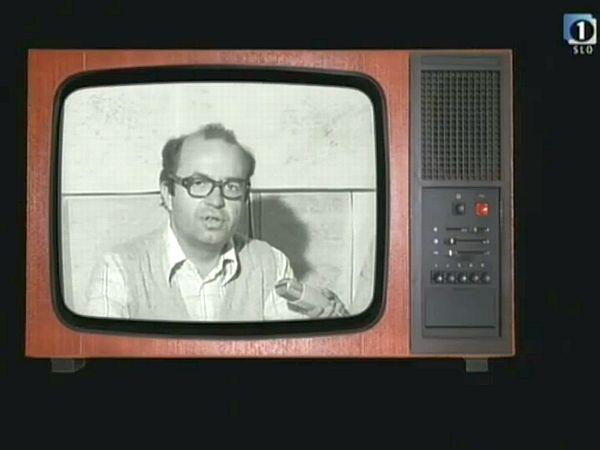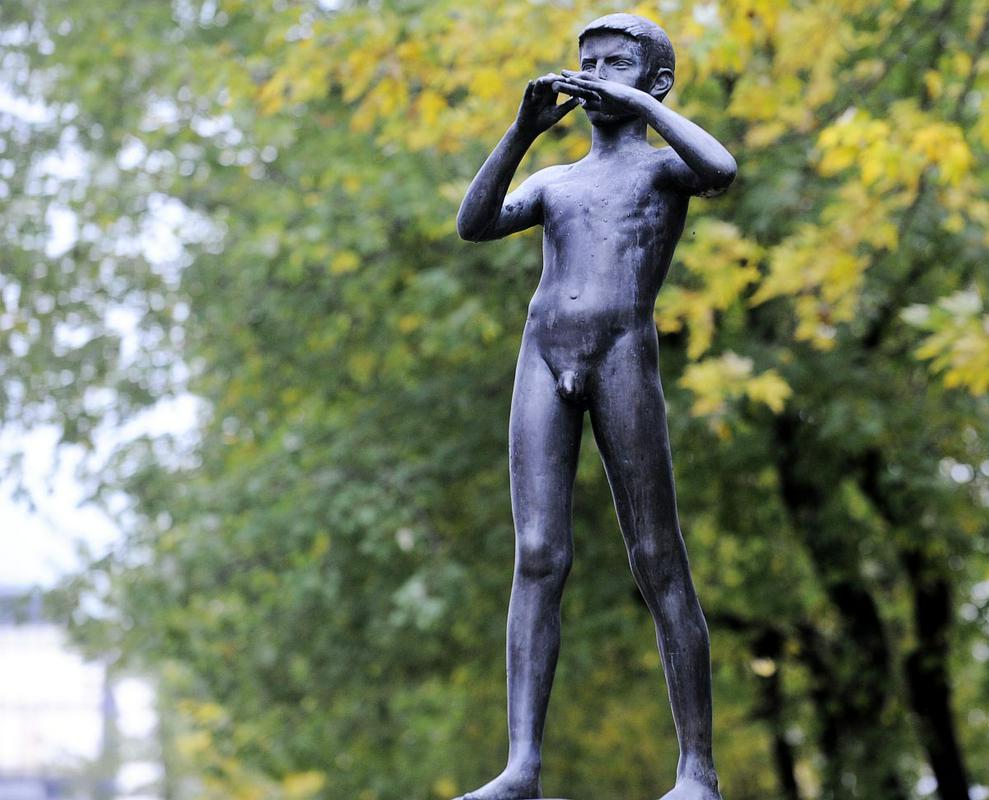
In order to understand better, we should look back at the impressive history of RTV, at the path it travelled, and the important milestones in its development which permanently influenced the national radio television. Professor Marij Osana (the father of radiophony in Slovenia) started with trial broadcasting in Ljubljana as early as in 1924; he used a transmitter he made himself. On March 8, 1925 another important step was taken. Radio amateurs from Ljubljana transmitted a programme to Bled through their transmitter. On January 26, 1926 the engineer Marij Osana organized a transmission of a concert from Glasbena matica Philharmonic Society, and the real start of Radio Ljubljana broadcasting became only a question of time. Regular Radio Ljubljana transmissions began on September 1, 1928 at the wave length of 578 m, and the power 2,5 kW. On October 28 of the same year a big ceremony was held in Ljubljana at the occasion of the 10th anniversary of Austro-Hungarian Monarchy dissolution; simultaneously the beginning of the Slovenian radio broadcasting was honoured as well.
The first programme workers were, from the very beginning of the operation of Radio Ljubljana, aware of the radio's special mission, and its power to keep the listeners informed, to educate, and to cultivate. As the radio itself and its programme became richer through a number of collaborators, the technological development took giant steps forward as well. In 1939 a contract on expansion of Radio Ljubljana was made. The planned power of a new transmitter was 20 kW, a new relay station was intended for Maribor – but the Second World War prevented realization of these plans. On April 11, 1941 the German aviation destroyed the Radio Ljubljana transmitter in Domžale, and in the same year the Italian Radio Society EIAR took over Radio Ljubljana. On November 17, 1941 an illegal radio station Kričač started broadcasting in Ljubljana, calling people to resistance against the occupier. The location of Kričač Radio Station never became known to occupying forces, and not for the lack of trying.
On May 9, 1945, the day of liberation of Ljubljana, Radio svobodna Ljubljana - Radio Free Ljubljana started broadcasting, and on the same day a ROF transmitter started operating in Ljubljana. Following the liberation, Radio Ljubljana's programme was explicitly enthusiastic. Live shows, speeches of famous personalities, and live performances of soloists and ensambles prevailed, and direct transmissions of large political manifestations began. During the first year following liberation no firm programme scheme existed, and no fixed times of transmission. Radio Ljubljana in that period transmitted middle-wave only, in average seven to eight hours per day, on Sundays and holidays even longer. This kind of improvisation didn't last long, and quite soon the radio programme became precisely planned.
The spoken part of the programme paid special attention to news bulletins – from 1952 the news bulletin was on six times a day, in addition to a number of permanent shows, e.g. foreign policy survey, ‘Domestic actualities’, language courses, shows for pupils and for older and younger children, radio plays, reportages ‘Through our beautiful country’, and more. The musical programme consisted of opera and concert transmissions, and music feuilletons. Within the first year after liberation a number of ensembles were founded, among them the Radio Ljubljana Chamber Choir, Radio Orchestra and Entertainment Orchestra, and in 1955 the professional Radio Symphony Orchestra. The interesting fact remains that Radio Ljubljana started broadcasting its second programme as early as in the year 1951, and a third programme as well in 1969. The development of radio programmes in the 50s, 60s, 70s, 80s and 90s of the 20th century was very fast. The programmes improved both in content and in form, and reached a very high quality level. This process has been continued to this day, the 21st century.
The three central Slovenian programmes, the 1st programme, the 2nd programme – Val 202 (established in 1972), and the 3rd programme ARS, differ, and together they represent the complete contents offered by Radio Slovenia's perceptive journalists, announcers, hosts, programme co-creators, technical co-operators, and other staff. In this way the programmes complement each other, as the programme scheme for each of them defines main content and form characteristics. The basic principle of the radio programmes is defined by the medium specificity: actuality, reaction speed, directness, credibility, and several other characteristics when applied to cultural-artistic and musical contents. Today RTV Slovenia manages three national, and four regional stations. All these, with the exception of Pomursko-Hungarian Radio, broadcast on Internet as well. The national radio programmes have headquarters in Ljubljana and broadcast in the Slovenian language – the 1st programme of Radio Slovenija, Val 202 (the second programme), ARS (the third programme). The headquarters of the regional stations are in the regional RTV centres. They broadcast in Slovenian language, or in the languages of the national minorities, and are only accessible within the regions of their origin. Radio Koper Capodistria (broadcasting since 1949) for example broadcasts in the Slovenian and the Italian language, Radio Maribor (broadcasting since May 11, 1945) with headquarters in Maribor broadcasts in the Slovenian language, Pomursko-Hungarian Radio with the headquarters in Lendava broadcasts in the Hungarian language, and for the last few years Radio Slovenia International with the headquarters in Maribor successfully broadcasts, under the patronage of RTV Slovenija, in German and English.
From the voice to the moving picture
The new, impressive medium TELEVISION (in the beginning frequently referred to as "a window to the world") "happened" on October 11, 1958, when TV Ljubljana started broadcasting. On that day the regular programme, named "experimental", began from the stationary studio in Ljubljana. During the years before the mentioned date some occasional test transmissions were broadcast with improvised or mobile technics from temporarily adapted premises. The central information news bulletin TV-dnevnik – TV journal was in the end of the 50s and in the 60s prepared by Studio Belgrade, with predefined ratio of shares of the joint programme, as follows: Belgrade 40%, Zagreb 30%, and Ljubljana 30%. On April 15, 1968 a Slovenian TV-journal was sent into the airwaves for the first time; Marija Velkavrh and Vili Vodopivec were the announcers speaking from the TV Ljubljana studio. I should mention that the first TV Ljubljana studio measured meagre 50 square meters! The starting, experimental programme quickly introduced new genres. In the very beginning a news broadcast TV Obzornik was produced weekly, and already on the second day of transmitting the first music entertainment show was broadcasted. On November 22, 1958 the first TV play was broadcasted, and on January 21, 1959 the first transmission from the Ljubljana Opera. In 1960 TV Ljubljana recorded for the European Broadcasting Area (Eurovision) for the first time. Ski jumps from Planica were transmitted; TV Ljubljana did a great job and received a number of compliments and praise for its efforts. The building of a larger studio (230 square metres) at the time offered new programme possibilities. TV Ljubljana kept the same studio capabilities until 1975, when the new TV centre started operating, adapted exclusively for colour TV. The introduction of colour TV had begun earlier, at first with movies and imported programmes, and later with home production. Since 1972 we have been able to watch the popular TV announcers in colours (the first one we saw in colours was Metka Centrih Vogelnik), while we started watching the TV journal in colour (with hosts, which was an important novelty) in the beginning of January of 1978, when the TV journal – (until December 31, 1977 it was transmitted, in black-and white technique, from the 5th floor of the Radio house on Tavčarjeva Street) transferred into a studio of the new TV centre, where it is still located.
The programmes of TV Ljubljana improved during the years, the modern technology allowed programme workers to reach for new, not yet mastered forms of televised communication and expression. A large step forward was taken in the 70s and 80s of the 20th century, especially on the field of sport transmissions, and as far as artistic programmes are concerned, the TV workers paved the way to the today established co-productions, started to develop international cooperation etc. TV Ljubljana, later RTV Slovenija, has since its beginnings aspired to create first-rate information, artistic, documentary, children and youth, and entertainment programmes. The proof of their success in the past and today is a great number of excellent shows, and numerous national and international awards and prizes.
Let's take a look at the times of the self-management socialism, the organigram of which discloses that in the 70s and 80s of the 20th century the then RTV was divided into BOALs (Basic Organization of Associated Labour, e.g. BOAL RADIO LJUBLJANA, BOAL RADIO KOPER CAPODISTRIA, BOAL RADIO MARIBOR, BOAL GLASBENA PRODUKCIJA, BOAL ZALOŽBA KASET IN PLOŠČ, BOAL TELEVIZIJA LJUBLJANA, BOAL TV STUDIO CAPODISTRIA, BOAL ODDAJNIKI IN ZVEZE, DSSS - Labour community of joint services),including the management of the then RTV Ljubljana. An important step was taken by renaming RTV Ljubljana into RTV Slovenija, by which we officially became DO RTV Slovenija on April 24, 1990.
RTV Ljubljana and later RTV Slovenija through all the years of existence (since 1928 until today) considered the quality of radio and TV programmes to be of the greatest significance, but the technical aspect was always of utter importance as well. The brilliant engineers and other technical staff from technical departments of Radio, Television, and Transmitters and Connections units kept track of the technical development. The fact remains that RTV SLovenija was never left behind as far as the technical equipment was concerned, and it kept up with other televisions from Europe and the world in general. As illustration some dates can be mentioned, especially after 1980. As early as in 1982 RTV Slovenija erected the »south« microwave line Ljubljana – Krim – Trdinov vrh – Plešivica, in 1984 the middle-wave transmitters frequency was altered according to the decision of the world conference (Geneve 1984). In 1986 23 middle-wave transmitters were operating, 69 UKV FM-transmitters and transformers, 12 TV-transmitters and 314 transformers: in 1987 the "sending" of RDS broadcasts through UKV FM-transmitters began, and we must not forget the importance of the year 1993, when (on February 26) an up-to-date middle-wave digital signal processing transmitter started operating in Domžale. In 1995 the experts from the Transmitters and Connections unit participated at the international groundwork for introduction of DAB and DVB, and in 1997 RTV Slovenija started with test broadcasting of digital T-DAB radio to Transmitting centre Krvavec, which reached the entire Ljubljana basin and the Upper Carniola, transmission of the RTV S programmes in digital format through Hot Bird 3 started, the secondary network (227 locations) was completed, in 2001 test broadcasting of digital DVB-T television started at the Transmitting centre Krim, reaching Ljubljana and surrounding settlement, in 2002 RTV S started building a land satellite station in Domžale. The important milestone for RTV S occurred in 2006 as well, when RTV S started with regular broadcasting of DVB-T and T-DAB in Slovenia, and as early as in 2008 test broadcasting of high definition picture TV-programme started. A day of historical importance for RTV S was December 1, 2010, when the Transmitters and Connections unit in the early morning hours, without any problems and according to previously meticulously prepared plan, switched off the analogue signals.
There is another piece of information we must not omit. During the ten-day war for Slovenian independence in 1991 the enemy tried to destroy most of the main transmitting posts. Air strikes damaged the devices on Krvavec, Kum, Nanos, Boč, Pohorje and in Domžale. The damage to RTV amounted to approximately ten million German marks.
I should also mention the Music Production with the Symphony Orchestra and the RTV Slovenia Big Band, functioning within RTV Slovenia for years, and Publishing and Record Label (Založba kaset in plošč), founded in 1970, including some other programme units. RTV includes two national stations, and two regional ones. The programmes TV Slovenija 1, TV Slovenija 2 and TV Koper Capodistria (started broadcasting in 1971) are accessible on internet as well. The national stations are accessible throughout the country, with the headquarters in Ljubljana. They broadcast in the Slovenian language, with the exception of certain shows on TV S1 in the Hungarian language. Today TV viewers can watch TVS1, TVS2, TVS3 (only viewers of digital television) and TVS HD (only viewers of digital television). Each of the regional RTV-centres has its own station. The one in Koper is bilingual (Slovenian and Italian), and the Maribor station broadcasts only programmes in the Slovenian language; for the Hungarian minority some shows in the Hungarian language are broadcasted on TV S1.
Out into the world with the world wide web
As a point of interest I should mention that in 1984 Teletext was introduced, at the then RTV Ljubljana, and has continued until today. Radio Ljubljana in 1989 started broadcasting RDS signal. In 2001 the Multimedia Centre was established at RTVS. Media Portal publishes the latest news, provides the digital archive of shows, forum, and allows access to live radio and TV shows. I should also mention the successful beginning of live broadcasts by TVSLO 3, the so-called parliamentary programme, which started in 2008. In this way RTVS keeps pace with time and modernizes, also by successfully digitalizing the radio and television shows, and by keeping the written archive of the radio shows.
Presently RTV Slovenija is the only public non-profit broadcasting organisation in Slovenia. The headquarters are in Ljubljana, the two regional RTV-centres are located in Maribor and Koper. It has correspondents in Washington, Moscow, Brussels, Rome, Berlin, Zagreb, Belgrade, in the neighbouring regions, in Italy and Hungary, and in all Slovenian regions.
Zdravko Erjavec, translated by G. K.
Photo: RTVS Archive and Museum Collection




















































